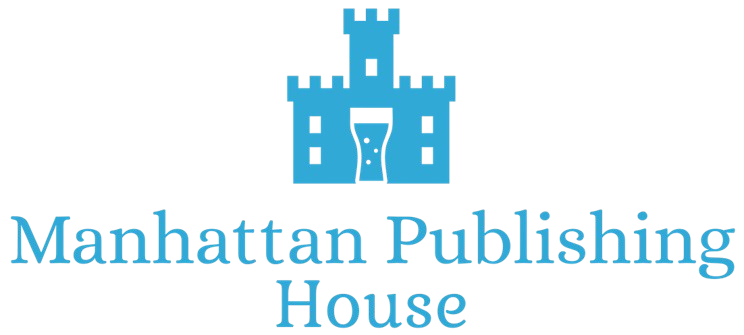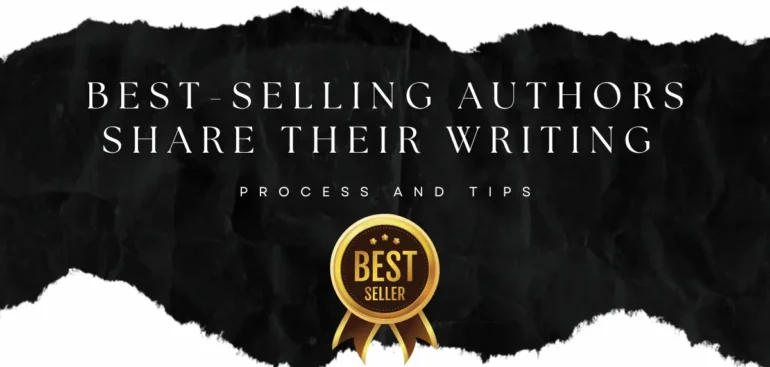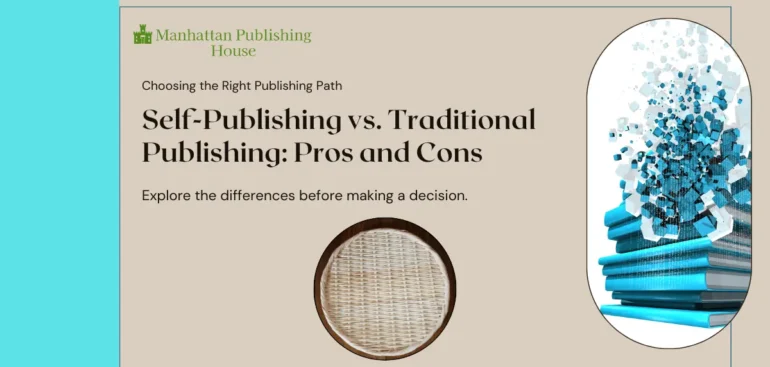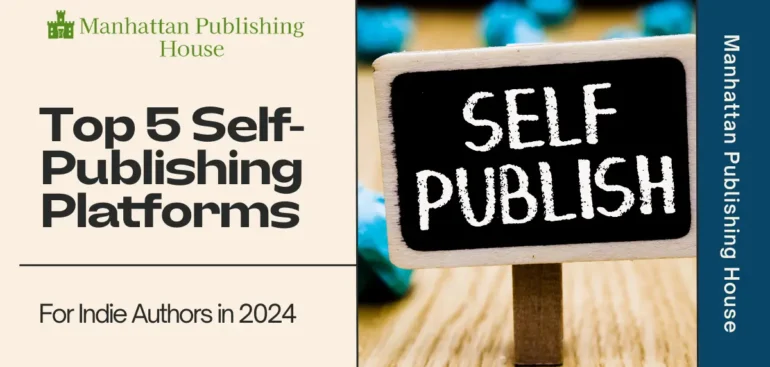Writing a best-selling book involves more than just talent; it requires discipline, strategy, and a deep understanding of the craft. We interviewed several best-selling authors to uncover their writing processes and gather valuable tips for aspiring writers. Here’s what they had to say. Best-Selling Authors Share Their Writing Process and Tips
1. Start with a Solid Outline
Many best-selling authors emphasize the importance of a solid outline. By mapping out your story from start to finish, you create a clear roadmap. This approach not only helps maintain focus but also ensures that your narrative flows seamlessly. For instance, J.K. Rowling meticulously planned the Harry Potter series before she started writing.
2. Establish a Writing Routine
A consistent writing routine is crucial. Successful authors like Stephen King and Haruki Murakami write every day, no matter what. King writes 2,000 words daily, while Murakami sticks to a strict schedule that includes writing, exercise, and rest. Consistency fosters creativity and helps develop discipline.
3. Find Your Unique Voice
Your unique voice sets you apart. Best-selling authors often say that finding your voice involves writing authentically and letting your personality shine through your words. Neil Gaiman advises writers to write honestly and fearlessly, which helps create a genuine connection with readers.
4. Revise Relentlessly
First drafts are rarely perfect. Best-selling authors understand the value of revision. Ernest Hemingway famously said, “The first draft of anything is shit.” Editing allows you to refine your ideas, improve clarity, and enhance the overall quality of your work. Don’t hesitate to rewrite and polish your manuscript multiple times.
5. Read Widely and Often
Reading extensively enriches your writing. Authors like Stephen King and Margaret Atwood credit their success to voracious reading habits. Reading a variety of genres and authors broadens your perspective and provides insights into different writing styles, which can inspire and inform your own work.
6. Seek Feedback
Constructive feedback is invaluable. Best-selling authors often have trusted peers or editors review their work. For example, Suzanne Collins, author of “The Hunger Games,” worked closely with her editor to refine her manuscript. Join a writing group or seek out beta readers who can offer honest critiques and suggestions.
7. Stay Persistent
Rejection is part of the journey. Many best-selling authors faced numerous rejections before achieving success. J.K. Rowling received twelve rejections before a publisher accepted “Harry Potter and the Philosopher’s Stone.” Stay persistent and believe in your story, even in the face of setbacks.
8. Market Your Book Effectively
Even the best-written books need effective marketing. Use social media, book blogs, and author websites to promote your work. Authors like Andy Weir, who self-published “The Martian,” leveraged online communities and social media to gain a following before landing a publishing deal.
9. Balance Creativity with Discipline
While creativity is essential, discipline transforms ideas into reality. Many authors strike a balance by setting goals and adhering to deadlines. Whether it’s a daily word count or a chapter completion target, having clear goals keeps you on track.
10. Keep Learning
Writing is a continuous learning process. Attend workshops, read books on writing, and stay open to new techniques and ideas. Authors like James Patterson constantly seek ways to improve their craft, ensuring their stories remain engaging and fresh.
Conclusion
Writing a best-selling book is a challenging yet rewarding journey. By adopting these tips from successful authors, you can enhance your writing process and increase your chances of success. Remember, every writer’s journey is unique, so find what works best for you and keep writing passionately. Best-Selling Authors Share Their Writing Process and Tips





